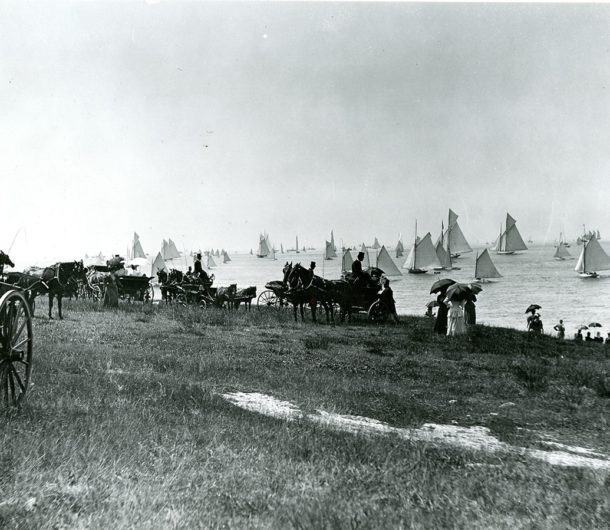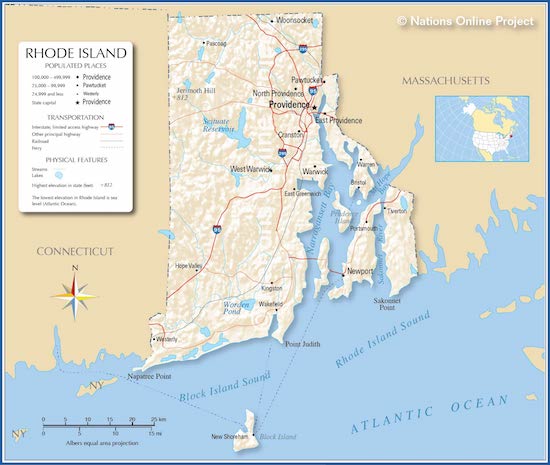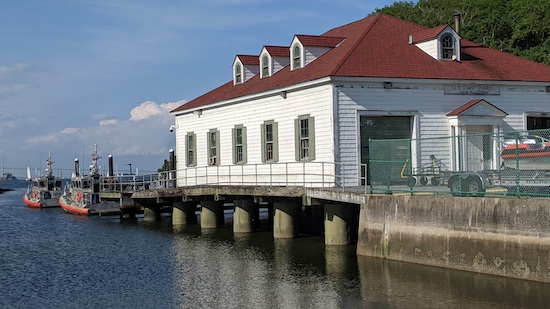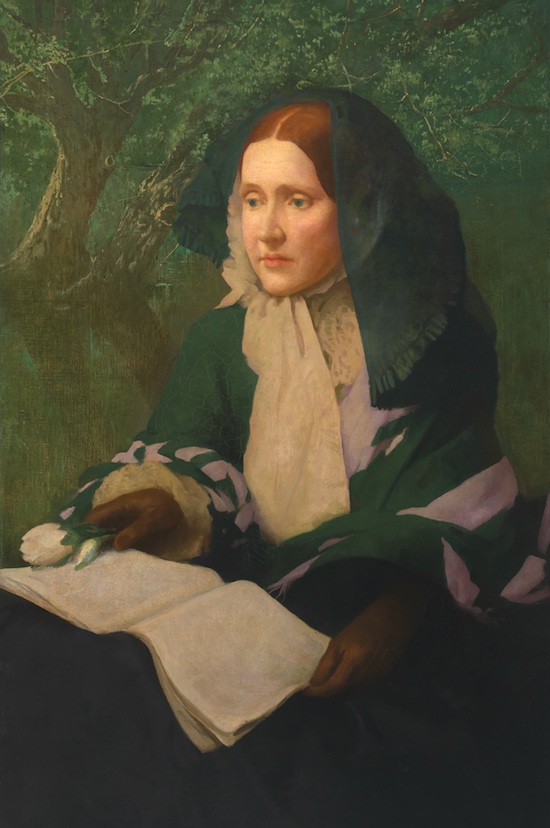
The Land that is Ours
The land that is Castle Hill has been known as such for centuries, perhaps due to an earthwork that was built here by Native Americans (the Narragansetts) that resembled a castle to ships passing into Narragansett Bay. Giovanni di Verrazzano was the first to write about the Narragansett Bay, which he called Refugio, due to the perfect natural harbor of Newport. Verrazzano also wrote about Block Island, 27 miles southwest of Newport, which he compared to the Isle of Rhodes. Somehow this attribution was transposed to what we now know as Aquidneck Island – Portsmouth, Middletown and Newport. In colonial times, Rhode Island referred only to this island, until it combined with Providence and other settlements to become the State of Rhode Island.

One of the founders and the second Colonial Governor of Rhode Island, William Brenton, had a large estate called Hammersmith that included the forty acres of Castle Hill and encompassed, just to the north and south of us, Brenton Point State Park and the present Hammersmith Farm estate — another centuries-old Newport placename. Years later, John Collins (1717 – 1795), third governor of the State of Rhode Island, owned the lands that included Castle Hill. Castle Hill Beach is still designated as Collins Beach on many maps.

The forty acres that comprise the Castle Hill Inn today were the estate of marine biologist and oceanographer, Alexander Agassiz. The mansion that houses the main Inn was his summer home from 1875 until his death in 1910 when it passed to his heirs. At some point, the family acquired additional acreage on the far side of the natural cove located on the east side of the property, where the Coast Guard station now stands. When Castle Hill was sold from the family, this parcel was given to the USCG before the sale of the original Agassiz estate to entrepreneur and mid-twentieth century Newport’s most famous businessman — J.T. O’Connell.

In the decades before the most audacious Gilded Age mansions were built, Newport was the summer home of an intellectual community, well-heeled but also high-minded: these included the poets Henry Wadsworth Longfellow and Emma Lazarus, the novelists Edith Wharton and Henry James, the painter William Morris Hunt and his brother, architect Richard Morris Hunt, and the artist John Lafarge. Julia Ward Howe organized these luminaries into the Town and Country Club in 1871. At one outing, they had a picnic at Castle Hill, and were treated to a scientific lecture by Agassiz. Another guest lecturer of the Town and Country Club was Mark Twain. Agassiz was able to keep very good company without venturing to the dinners and balls that were becoming more and more elaborate over on Bellevue Avenue.

In her autobiography, Edith Wharton, born in 1864 and speaking of her childhood memories of Newport, describes an excursion from her family’s summer home on Newport Harbor out to the ocean (and the vicinity of Castle Hill) as “the rough moorland country, at that time without roads or houses, extending from the placid blue expanse of Narragansett Bay to the gray rollers of the Atlantic.” Today, many modern homes dot the landscape adjacent to Castle Hill and we are part of a neighborhood. Agassiz would not approve of these developments, as he hated any encroachments on his property, including early automobile races that the beau monde of Newport held on the Ocean Drive. Imagine his stance on valet parking!

As stewards of Castle Hill, The Newport Restaurant Group, a 100% employee-owned company, developed by the heirs of J.T. O’Connell, we honor the history and unparalleled beauty of this magical peninsula and seek ways to always preserve and keep it.
by Shea C Nelson
